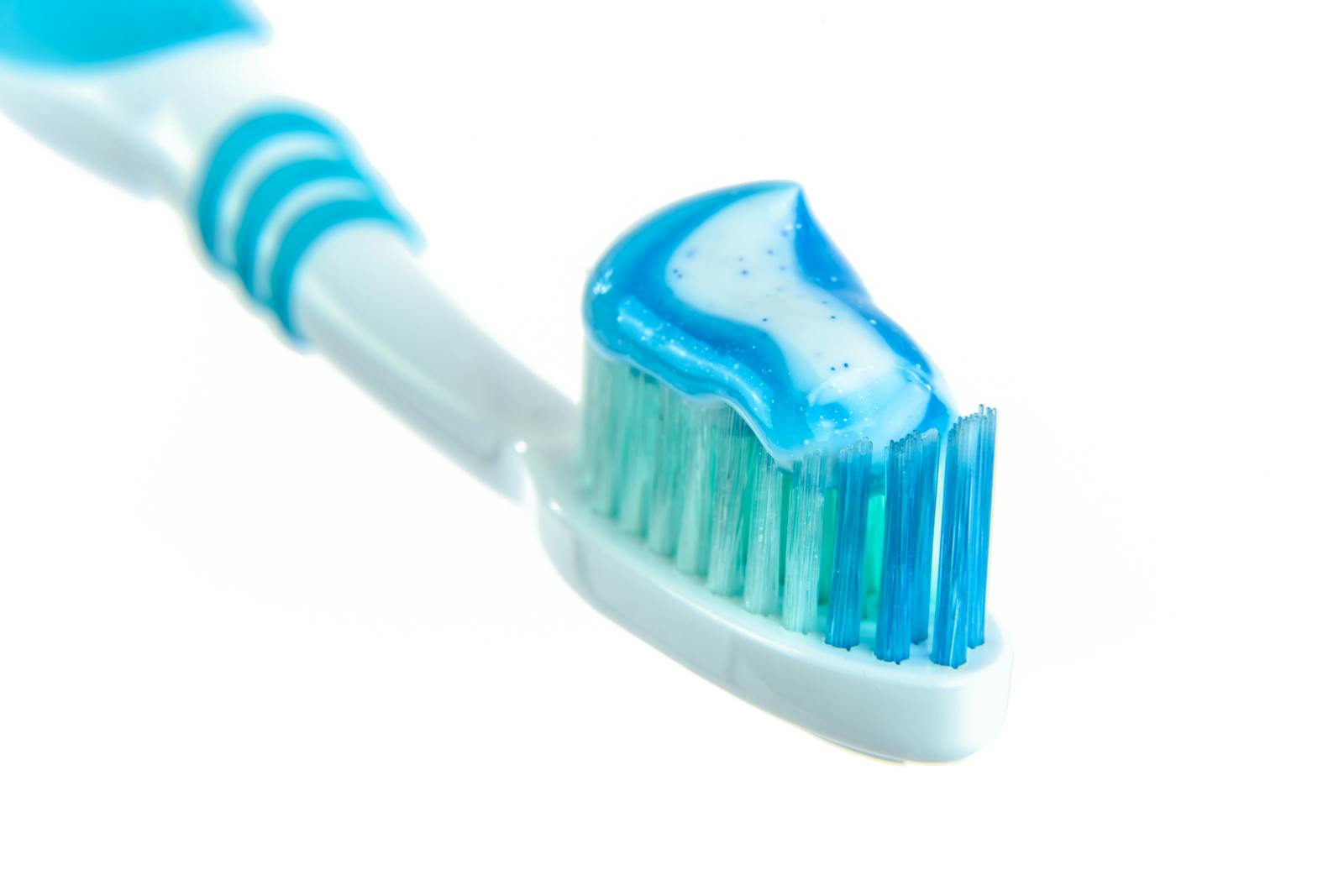Why Yellow Teeth Remain Even Though You Brush
The majority of people associate yellow teeth with not brushing their teeth regularly.
Even if you brush your teeth every day, some foods and drinks can stain your teeth.
Teeth can turn yellow from drinking wine, coffee, and tea regularly.
Additionally, the yellowing of teeth brought on by smoking cigarettes cannot always be reversed by routine brushing.
Stains both internal and external.
Both intrinsic and extrinsic staining can cause tooth discoloration.
The enamel is firmly bonded to the intrinsic yellow stain, so brushing will not remove it.
They are much more difficult to get rid of, and brushing won't do much to help.
Yellow stains on the outside of your teeth called extrinsic stains can be easily removed.
This makes it simple for you to use your toothbrush to get rid of these stains.
Causes of yellow teeth.
Yellow teeth can be caused by a variety of factors, some of which include genetics, eating habits, and lifestyle choices.
Brushing technique.
Even if you brush your teeth only once a day, you may still develop yellow teeth.
Brushing your teeth twice a day is ideal.
Check to see that your method permits a thorough cleaning of each and every tooth.
If you don't use dental floss, you won't be able to clean all of your teeth's surfaces.
Food and drink staining.
There is a possibility that the food coloring in your food or drink will stain your teeth.
It's a good rule of thumb to assume that anything that can stain white carpet will also stain teeth.
Coffee, tea, and red wine are some of the most well-known beverages that are known to make teeth yellow.
Smoking and using tobacco.
Teeth can become discolored as a result of the tar that comes from smoking cigarettes or any other kind of tobacco.
The stains get darker in a straight line as you smoke more, and the more you smoke, the worse they get.
Lack of oral hygiene
The plaque will eventually build up in your mouth if you don't brush and floss regularly.
Your teeth will become yellowed if the plaque on their enamel surfaces is not removed.
If you want to keep your teeth white, it's important to take good care of your teeth.
Aging.
Teeth will gradually become yellower as people get older.
That is simply the course of life.
Adults and seniors typically have the whitest teeth, followed by children.
Shade guide for teeth.
Children typically fall within the same range of the tooth shade guide as a general rule.
For shade, adults will be in the twos, while seniors will be in the threes and up.
Genetics.
Your genes may influence how white or yellow your teeth appear.
The color of your teeth is influenced by the natural thickness of your enamel.
While your enamel is translucent, the dentin beneath it is more yellow.
If your enamel is thinner, more of the yellow dentin will show through, giving your teeth a yellower appearance.
Medications.
Tetracycline, a medication for acne, has the potential to severely stain your teeth.
Teeth that have been treated with tetracycline while they are still developing will develop a very unsightly and unpleasant stain.
Tetracycline teeth are the most well-known name for this kind of staining.
Dry or itchy mouth.
A dry mouth is a major cause of tooth yellowing, which may surprise you.
Plaque builds up quickly, setting off a vicious cycle of major stains.
Numerous medications, including those for high blood pressure, can cause a dry and itchy mouth.
Trauma.
Teeth that have died due to trauma in the past will begin to turn a darker shade.
Because their blood supply will be cut off when they die, dead teeth look physically different from healthy teeth.
It will lose its youthful, healthy appearance due to the lack of nutrients it receives.

Comments
Post a Comment